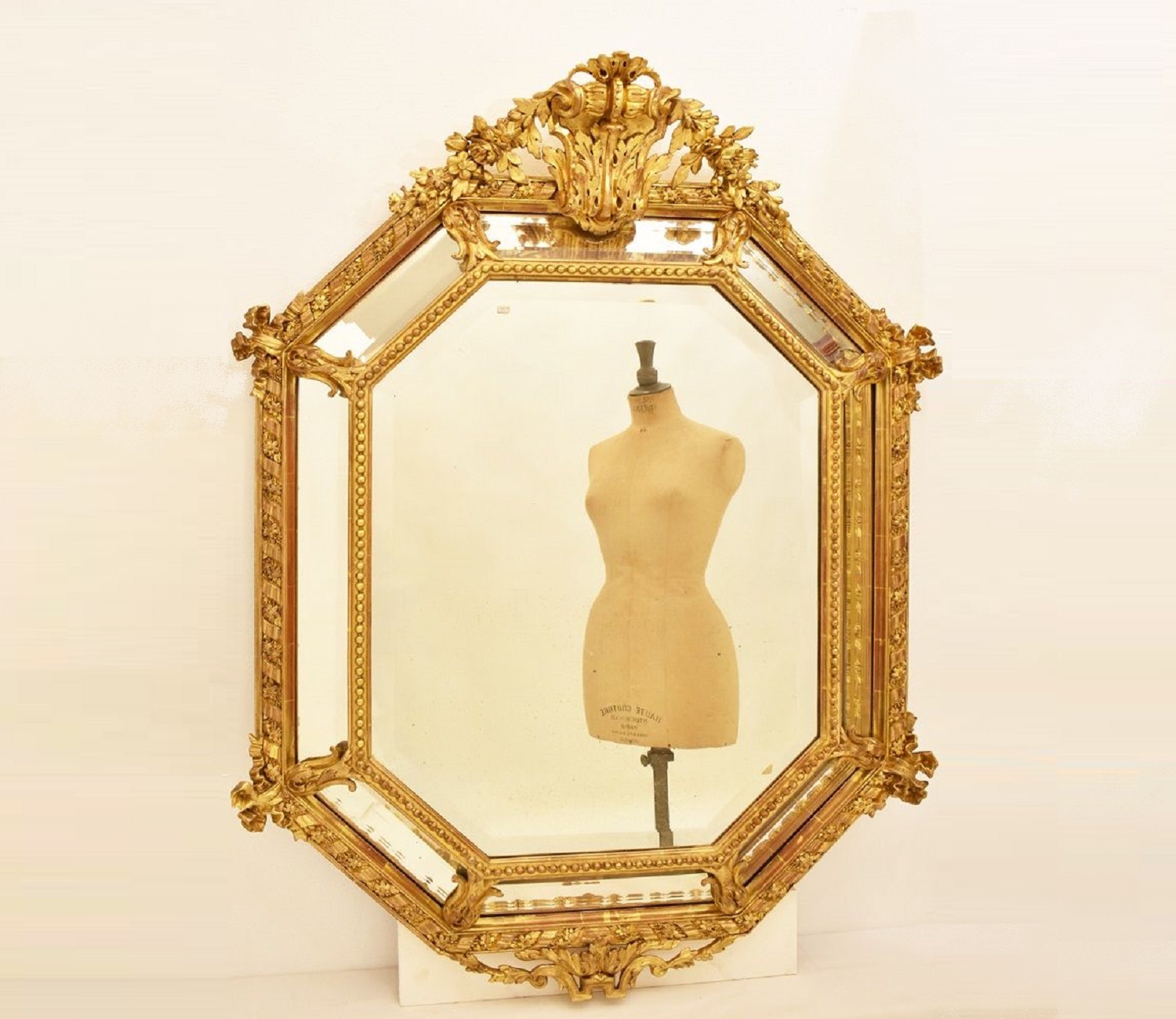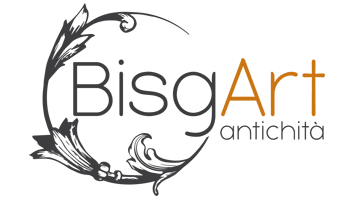The History of Antique Mirror

The use of the mirror has always gone beyond the mere activity of mirroring to become a real piece of furniture.
It creates perspective, replicates images and strengthens the lighting of the rooms: the mirror becomes in effect a fundamental part of our environment, improving its appearance and functionality.
The creation of the first ancient mirrors dates back to 3,000 BC, a figure confirmed by finds in Turkish territory, and they are attributable to a sacred use.
Contemporary mirrors did not originate before the late Middle Ages, when their manufacture was difficult and expensive. One of the main problems involved the sand used to make the glass, which contained too many impurities to produce true transparency.
It was only in the Renaissance, when the Florentines invented a process for making the lead support at a low temperature, that modern mirrors made their debut.
Later, the Venetians would conquer the mirror trade with their glass processing techniques. Their secrets were so precious and the trade so profitable that renegade artisans trying to sell their knowledge to foreign laboratories were often murdered.
The Venetian manufacturing, however, soon had a fearsome competitor in the French one that Colbert had promoted by bringing the artisans from Venice. In 1665, the production achieved excellent results and found widespread use in the architecture of Baroque environments, especially castles. The reflective coating used on the back of the glass is what makes a glass plate a mirror. The materials used to create this effect have changed dramatically over the years.
Starting from the sixteenth century and up to the second half of the nineteenth century, the mirror effect was obtained from the use of mercury linked to tin. The antique mirrors obtained with this processing technique, which are particularly popular today, are recognized for the sparkling effect that the mercury glass gives them.
Do you want more information? Visit our category ANTIQUE MIRRORS or FILL OUT THE INFORMATION REQUEST FORM.




